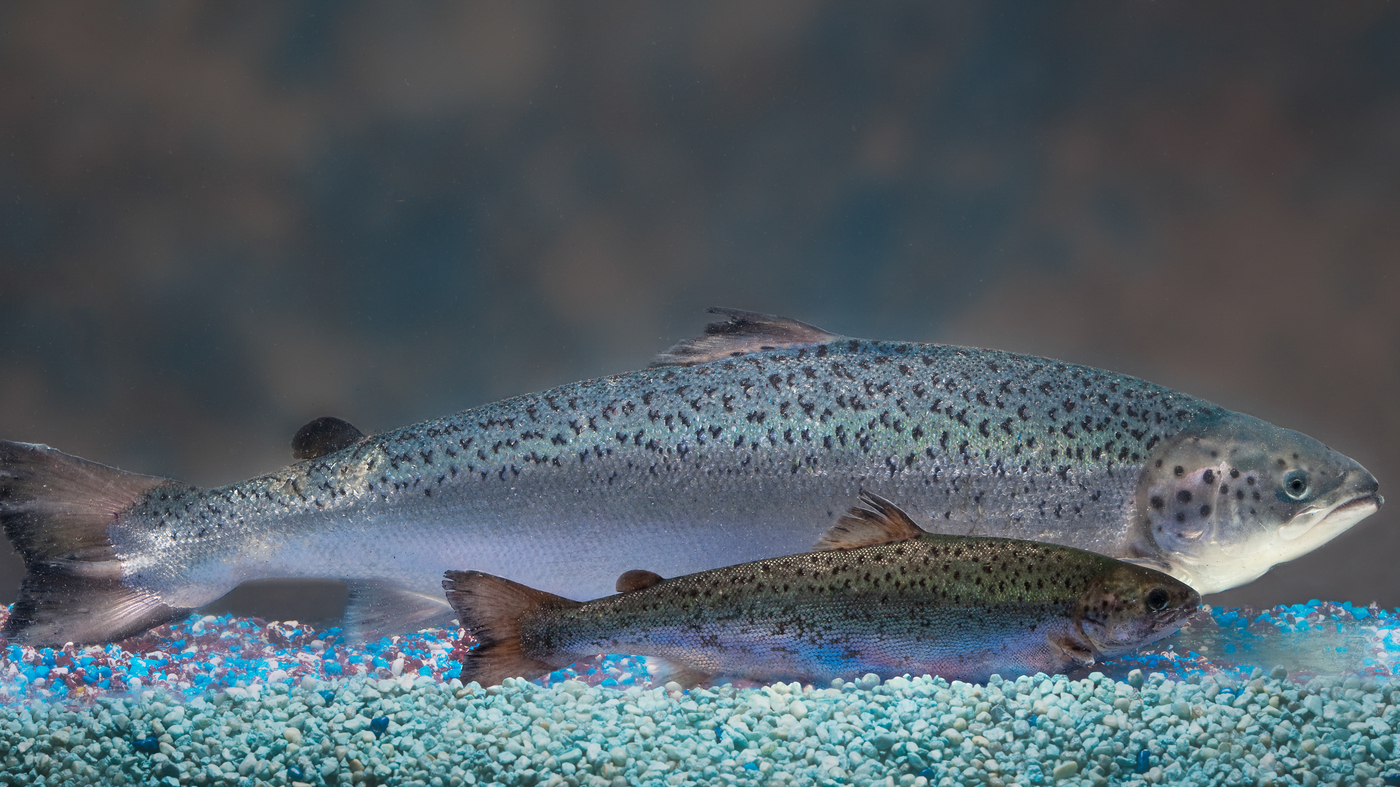The United States Food and Drug Administration has lifted an import alert on genetically engineered salmon, paving the way for AquaBounty Technologies to raise and sell its GE salmon in the United States.
The FDA announced the decision on March 8 in a prepared statement by FDA Commissioner Scott Gottlieb. The alert was first issued in 2016, and prevented all GE salmon from entering the U.S.
That put AquaBounty in a tricky spot, as the eggs used for the company's GE AquAdvantage salmon were sourced in Canada, but the company's new grow-out facilities were located Indiana, U.S.A. While the FDA had previously approved of the facility, the import alert made sourcing their eggs complicated.
The import alert was caused by the 2016 Omnibus Appropriations Act, which prevented the delivery or introduction of any GE salmon into interstate commerce until labeling guidelines were developed. The USDA issued its final ruling on the subject in December 2018, complete with detailed labeling guidelines. The FDA has now recognized the labeling guidelines as meeting the appropriation act's requirements.
"The FDA believes this Congressional mandate has been satisfied by the USDA’s issuance of final regulations implementing that law in late 2018 because the law and regulations require that human food containing GE salmon bear labeling indicating that it is bioengineered," Gottlieb said.
That decision led to the lifting of the import alert.
“With the deactivation of the import alert, AquAdvantage Salmon eggs can now be imported to the company’s contained grow-out facility in Indiana to be raised into salmon for food,” Gottlieb said in the statement. “As was determined during the FDA’s 2015 review, this fish is safe to eat, the genetic construct added to the fish’s genome is safe for the animal, and the manufacturer’s claim that it reaches a growth marker important to the aquaculture industry more rapidly than its non-GE farm-raised Atlantic salmon counterpart is confirmed.”
AquaBounty did not immediately respond to a request for comment from SeafoodSource.
On March 7, the supplier reported a net loss for the year ending Dec. 31, 2018, of $10.4 million, compared to a loss of $9.3 million in 2017. The 2018 loss was attributed to beginning production operations at its Indiana farm.
However, the company also raised $14.9 million in 2018 via two public offerings of common shares and the conversion of outstanding warrants. In addition, AquaBounty’s Canadian subsidiary received a construction loan in the amount of $1.5 million from the Department of Economic Development of the Province of Prince Edward Island.
“This was a successful year in terms of our operational achievements, as we continue to take steps forward that will ultimately lead to harvesting our fish on a regular schedule from our two production farms and expanding our global footprint,” Sylvia Wulf, CEO of the AquaBounty, said in a press release.
Meanwhile, FDA published its final Environmental Assessment and Finding of No Significant Impact in November 2015, determining that the production of AquAdvantage Salmon “would not cause a significant impact on the U.S. environment,” the agency said.
“Subsequently, the FDA found that multiple forms of containment proposed in the supplemental application to raise the salmon in the company’s Indiana facility also would have no significant impact on the environment,” Gottlieb said. “The FDA is committed to supporting innovation and ensuring safety in the biotechnology space, including the use of IGAs [intentional genomic alterations] in animals.”
This story was originally published by Seafood Source and is republished here with permission.







